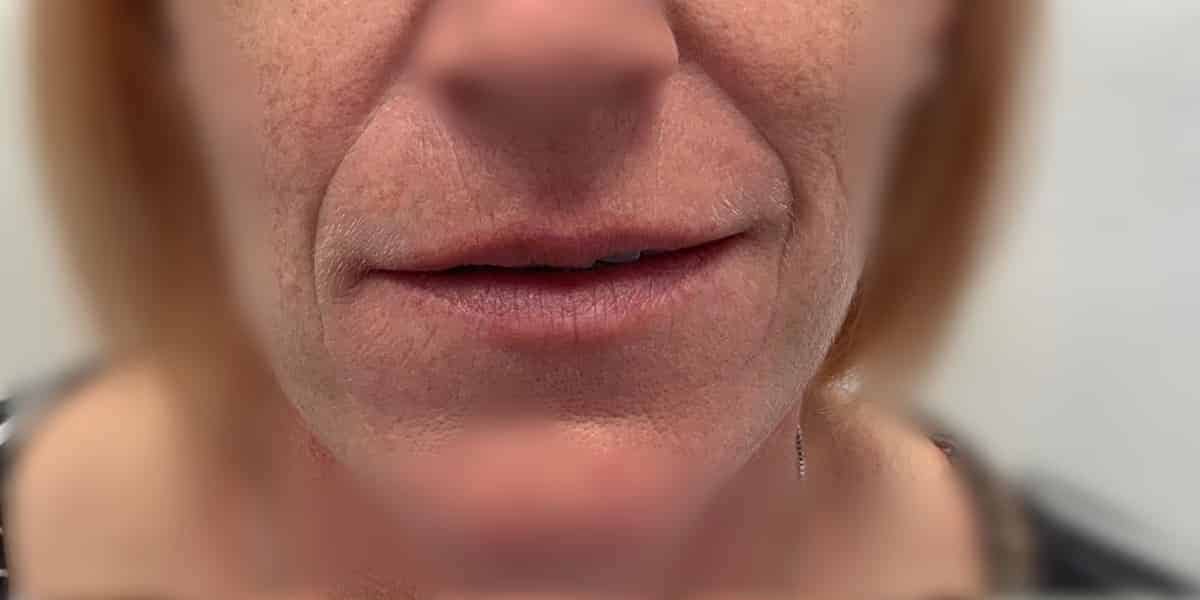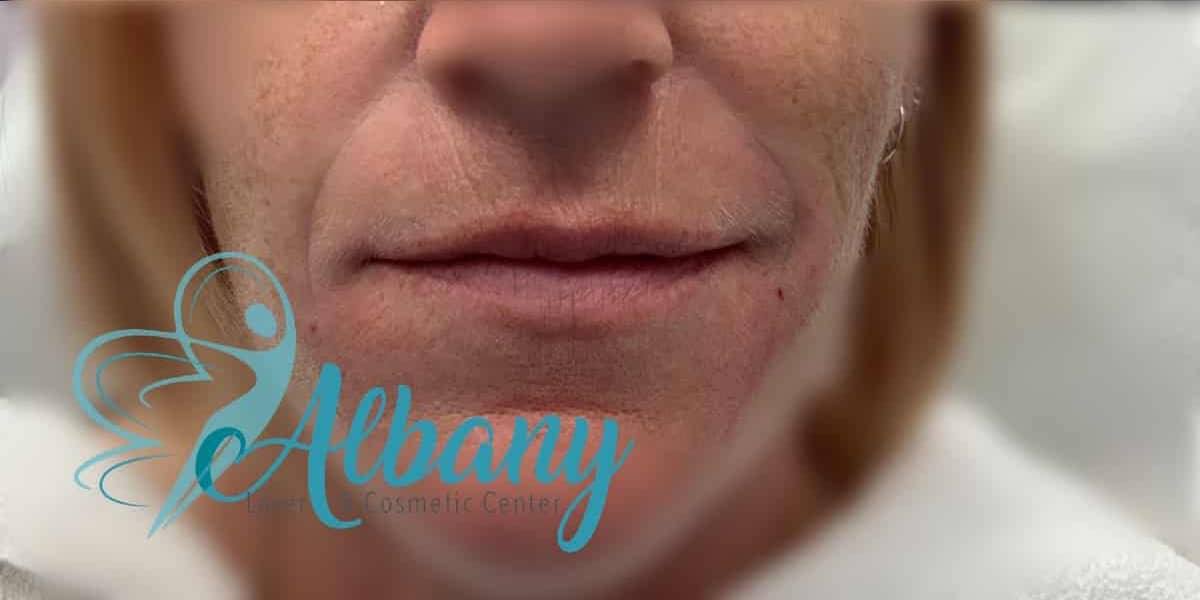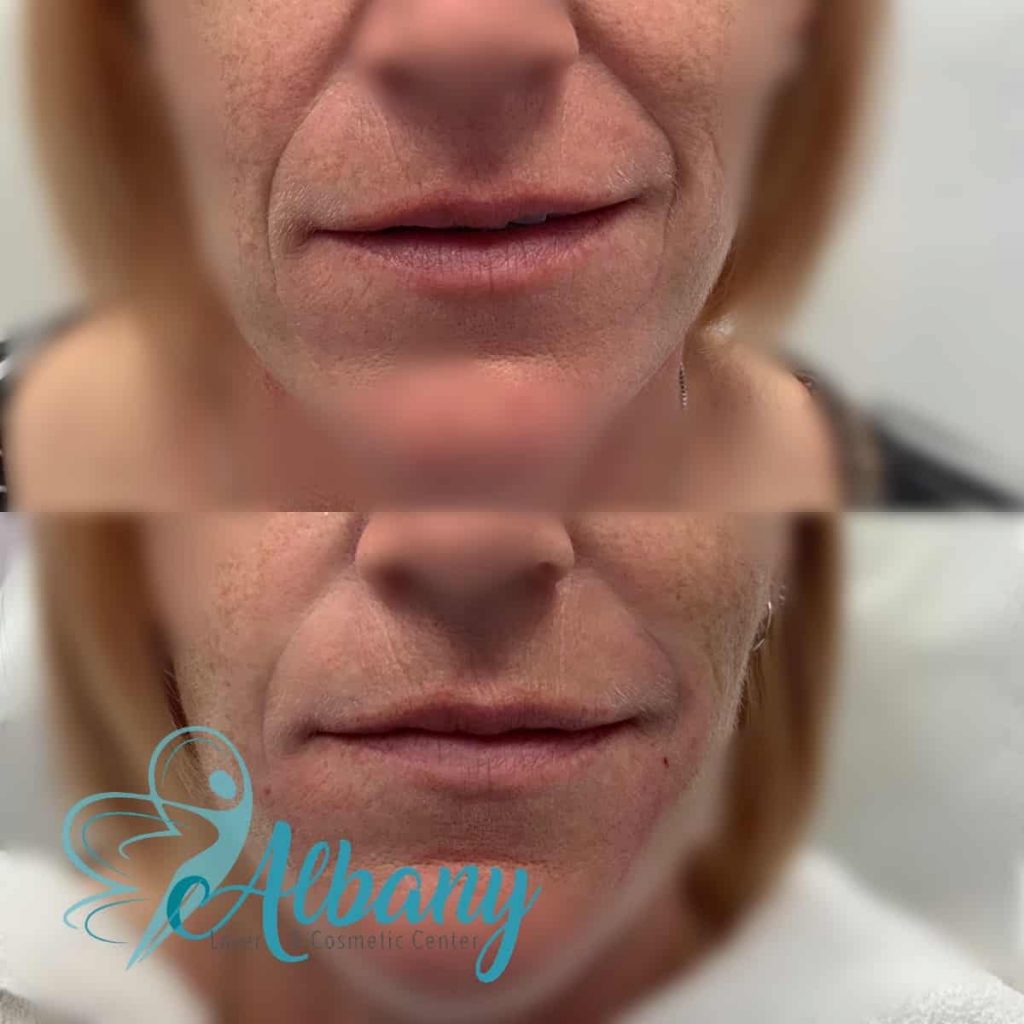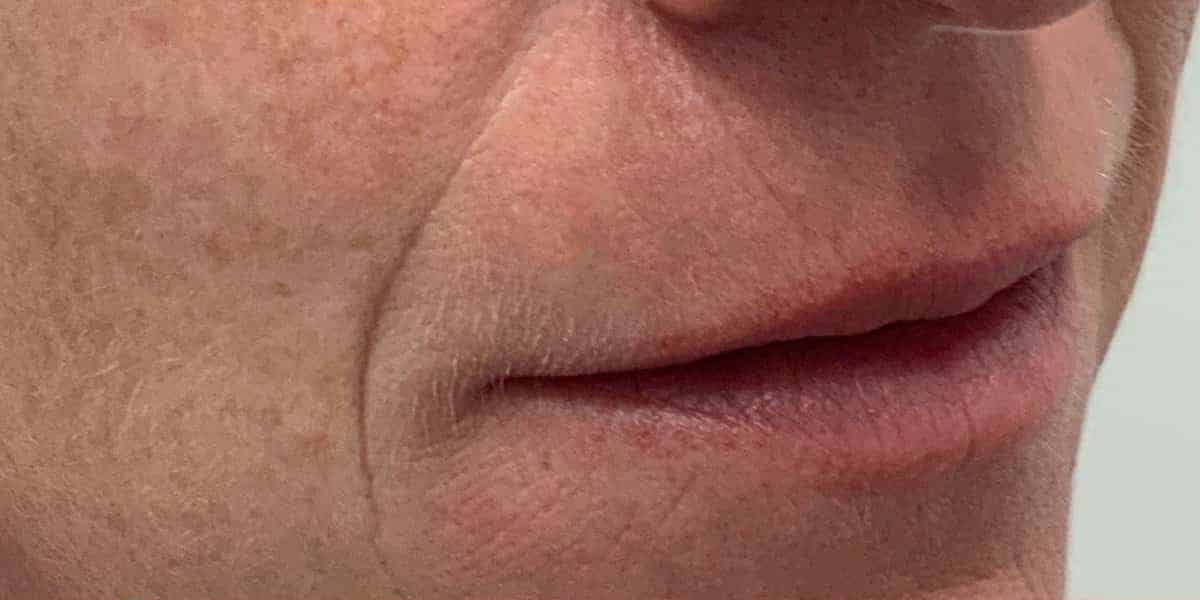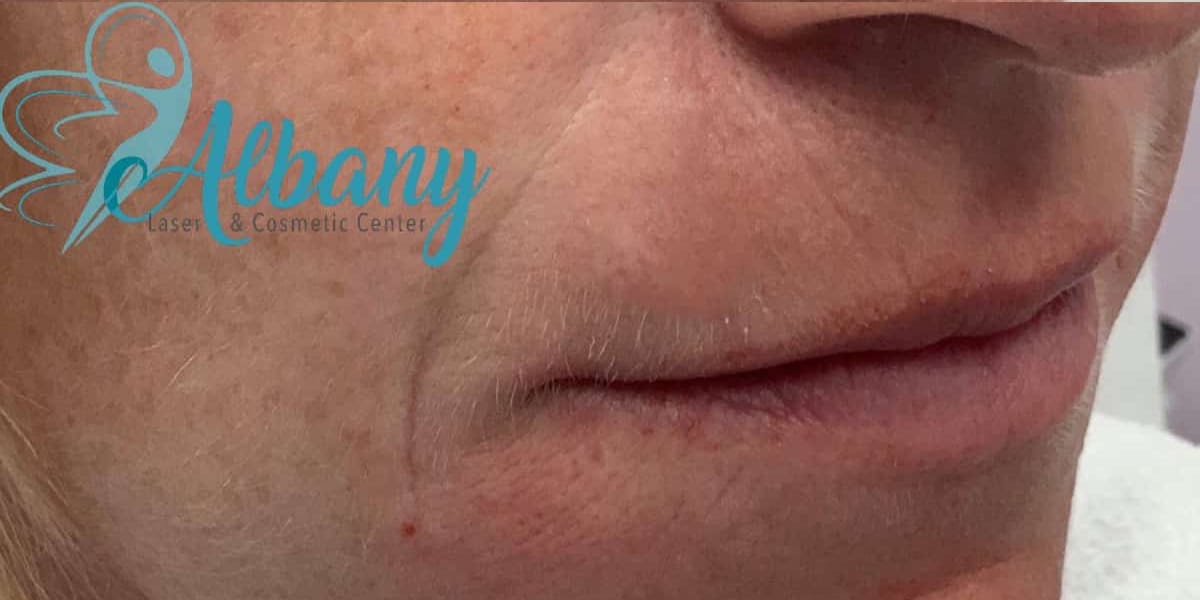Nasolabial lines Case 1121
Laugh lines come in two varieties: nasolabial folds and marionette lines. Laugh lines or grin lines are formed by one or more wrinkles and fine lines that we may notice even when we are not smiling. When we grin, we naturally develop laugh lines, known as dynamic lines. That is, they only occur when we produce facial emotions like smiling. These lines might be aggravating when they become sagging and visible all the time; even when we keep a straight expression (static)
What Is Tear Trough Filler Used For?
Tear trough filler might aid in treating the problem area under the eyes. Restylane, a filler, is injected into the weak under-eye skin during tear-trough filler treatment. Dr. Alhallak and his staff are very cautious while injecting filler into this fragile area since using too much product will result in bad outcomes. Treatment usually begins with half a syringe of filler. The filler is then re-injected in 2 weeks for the best results. It is critical to understand that tear trough filler treatment is not a one-and-done procedure, and you should anticipate enduring numerous treatments to achieve the best results.
Nasolabial Folds Case 1122
These lines are located in the centre of the face. They go from the corner of the nose to the corner of the lips and correspond to the actions of various muscles, primarily the Levator labii group. As previously said, it begins as dynamic and then tends to get deeper and more visible.
Dr. Alhallak (a Pharmacist with a Ph.D. from the University of Alberta) employs various strategies to get the greatest outcomes. Depending on the situation, it may comprise laser coagulation, filler injection (Juvederm or Restylane), and threads. Sometimes, we also inject botox into the DAO and Levator muscles.
- Facts about this Case
- Procedure Cost: $1200
- Procedure Time: 45 Min
- Downtime: 1-2 days
- Results: Refreshed look
- Adverse Effects: Bruising
- Lasts 12-18 months

